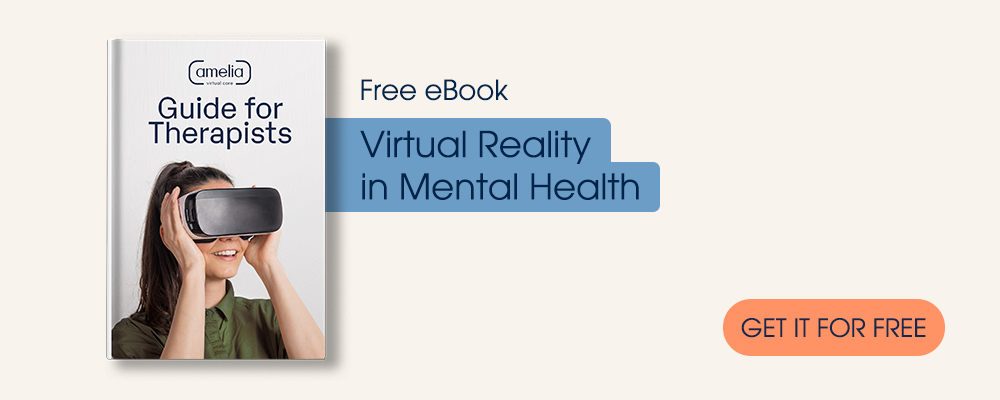According to a study done in 2010, test anxiety affects anywhere between 10 to 40 percent of all students. Test anxiety is a type of performance anxiety that results from the anticipation of an exam. While most people experience some degree of stress and worry before and during examinations, test anxiety is much more severe and can significantly impact a person’s mental health and education.
Anxiety around tests is usually associated with middle school and high school-aged kids. Still, studies have shown that it can develop much earlier with increased standardized testing in the lower grades. So often, we see situations where students will have decent grades, but their previous academic success is not reflected in their test scores.
Adults can also experience test anxiety, which often holds them back from higher education and career opportunities.
This article will discuss symptoms of test anxiety, some relaxation techniques for test anxiety, and how using VR in therapy sessions can be an effective tool in overcoming fear when taking exams.
Common symptoms of test anxiety
The symptoms of test anxiety can range from mild to severe. Some people’s symptoms may be mild or sporadic, while others are nearly paralyzed by their anxiety or experience panic attacks before or during a test. Physical symptoms of test anxiety can include:
– Dry mouth
– Excessive sweating
– Rapid heartbeat
– Uncontrollable shaking
– Fainting
– Nausea
– Stomach issues such as diarrhea or vomiting
Along with physical symptoms, test anxiety often comes with cognitive, behavioral, and emotional symptoms. Avoidance behaviors such as skipping class or dropping out of school altogether can result from test anxiety. In more dire cases, people might turn to substance use to cope with their anxiety symptoms. Even people who study hard and know the material can experience difficulty concentrating and memory problems during an exam. Many engage in negative self-talk and thoughts before their test and are so convinced they will fail that they ultimately do.
Strategies for overcoming test anxiety
There are many techniques for how to overcome test anxiety that students can use.
One way to overcome test anxiety is to study in short, frequent sessions rather than long cramming sessions. Cramming often leads to feelings of anxiety and overwhelm, whereas shorter study sessions can help students feel more confident and in control.
Another strategy for overcoming test anxiety is to practice breathing exercises and relaxation techniques. When we feel anxious, our breathing becomes shallow and rapid, aggravating feelings of stress. Practicing deep breathing or relaxation techniques can help slow down breathing and ease test anxiety.
It can also be helpful to talk to someone about test anxiety. Talking openly about fears and worries can help people gain perspective and develop a plan for dealing with test anxiety. A trusted friend, family member, or therapist can be a great sounding board and support system.
Virtual Reality can be a game-changer for test anxiety
When test anxiety is severe enough to warrant seeking professional treatment, a therapist will often use gradual exposure. Researchers have found that systematic desensitization through exposure has had positive outcomes for patients along with teaching effective study techniques.
The anxious response that happens before and during a test can be generated in virtual reality settings. Overcoming test anxiety with virtual reality has been found to have a more robust effect than exposure by imagination and is also more successful in reducing avoidance behaviors.
Amelia Virtual Care’s VR software is designed as a tool to support mental health professionals while implementing gradual exposure to testing-related situations and can also be used for psychological techniques, cognitive restructuring, and social skills training. These immersive environments include test-taking scenarios in both a school and university setting. Patients will experience waiting before the exam, entering the exam room, and then completing the exam itself.
If you’re interested in learning more about applying VR and how it can benefit your practice, contact us for a demo.












